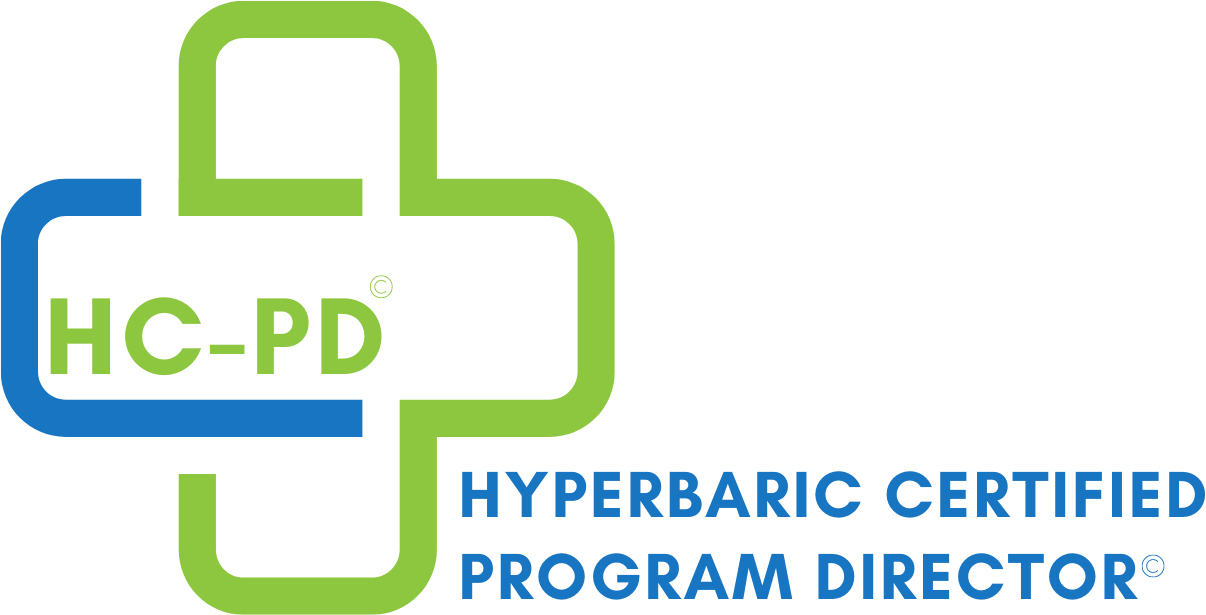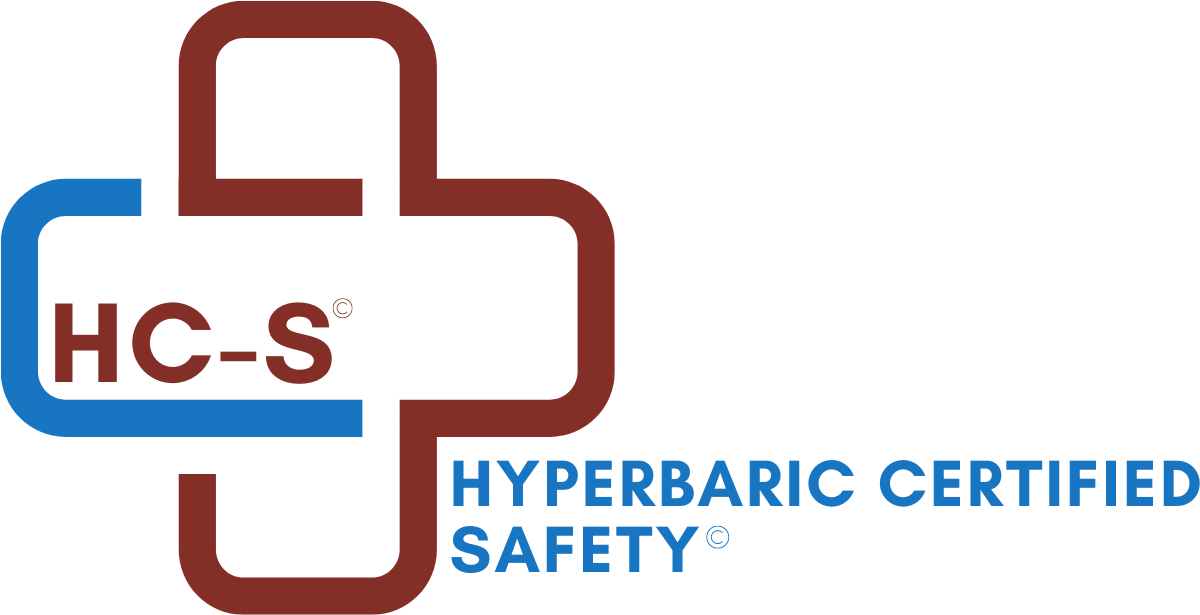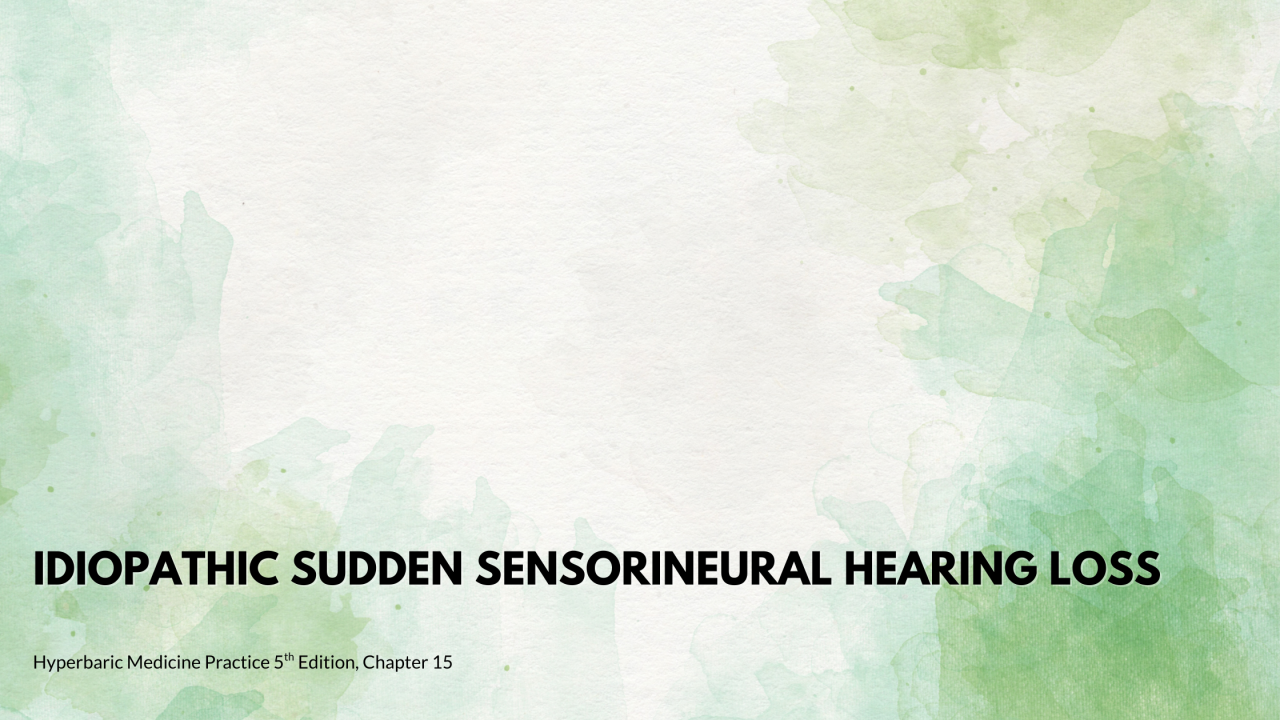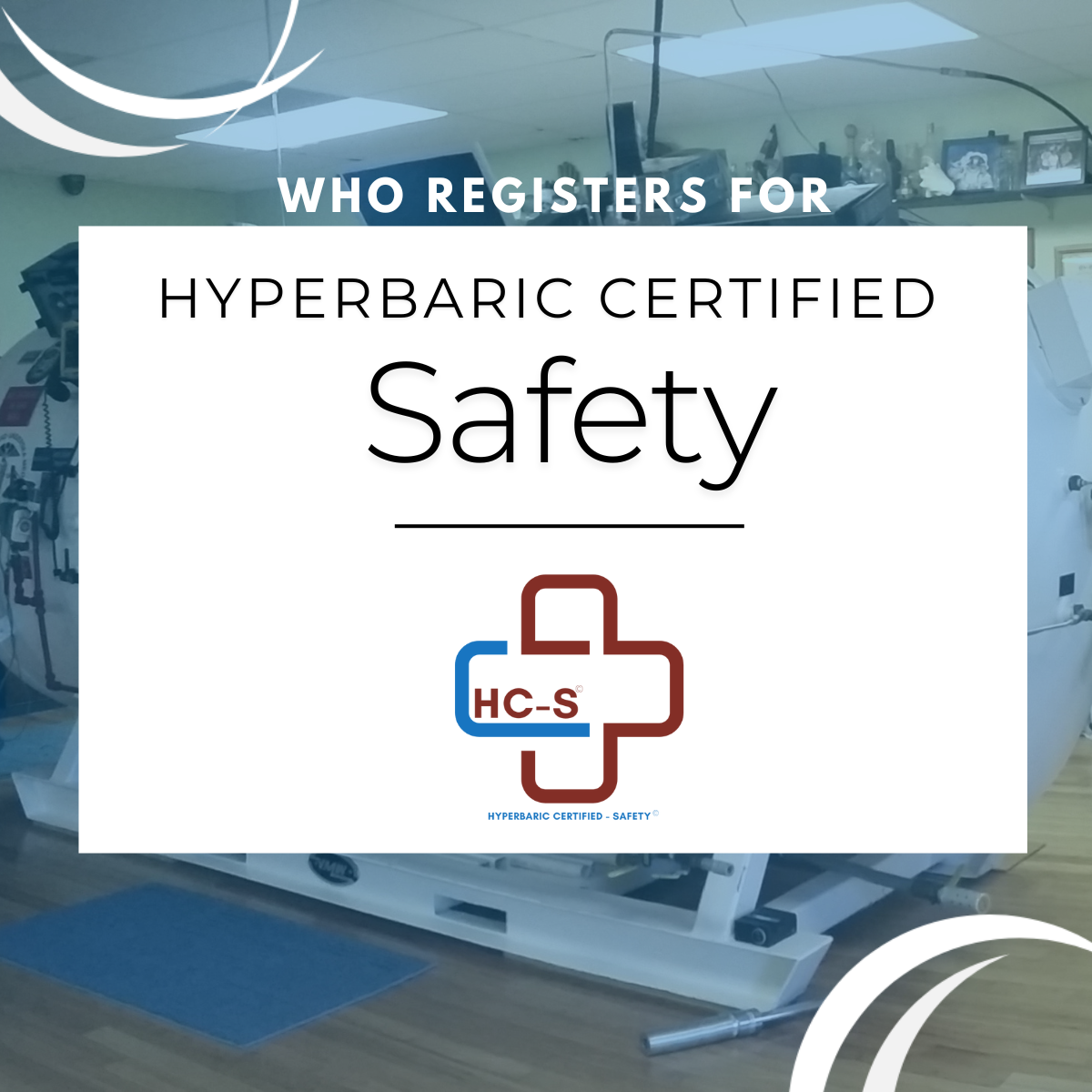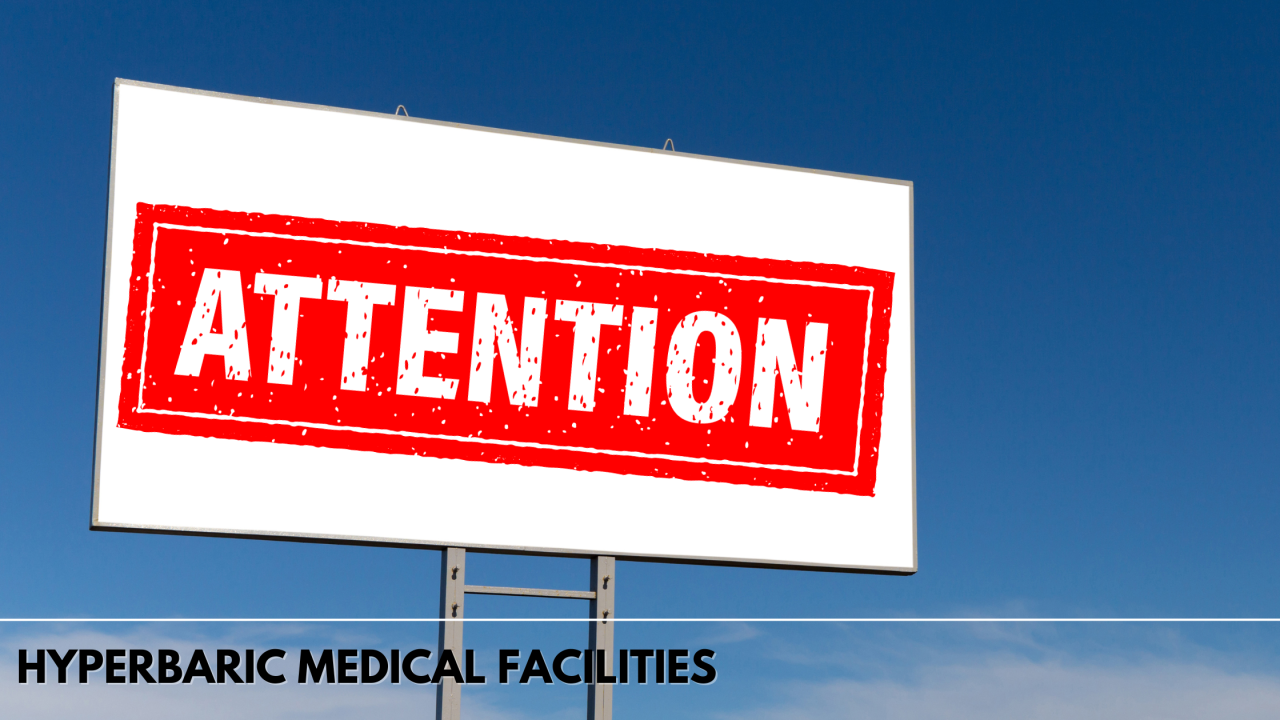wound care courses
Chronic wounds may have cost the U.S. Medicare system as much as $95 billion dollars in 2014, which rivals the gross domestic product (GDP) of a small European country. Nearly 15% of all Medicare patients are affected, far more than have heart failure, although unlike heart disease, there are no recognized specialty training programs producing wound care experts to manage the growing epidemic of problem wounds. This is in part because a nonhealing wound is not actually a disease so much as it is a symptom. The typical patient with a nonhealing wound has an average of six serious comorbid conditions and takes an average of ten medications. If a wound fails to achieve healing, there is always a reason, and often more than one reason, with several different organ systems involved.
